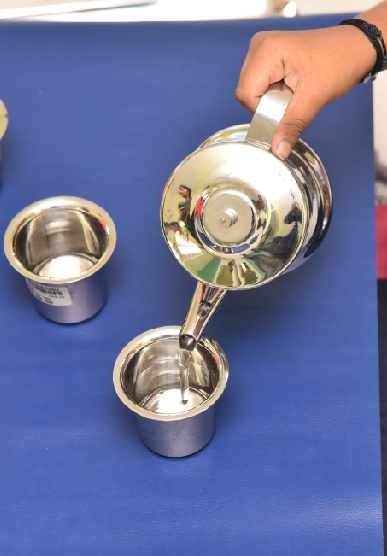
Children engage in real-world activities such as pouring, spooning, buttoning, sweeping, and food preparation. These materials are child-sized and familiar, inviting them to imitate and master everyday tasks.
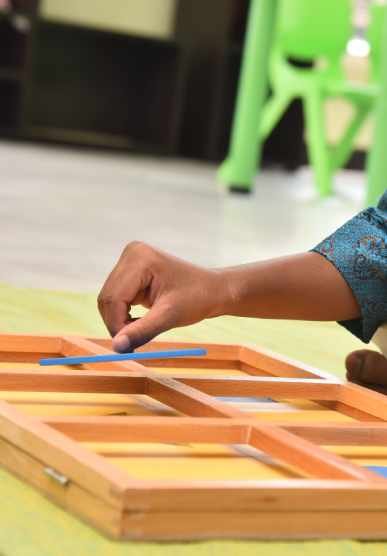
Children use specially designed materials to explore and refine their senses — touch, sight, hearing, smell, and taste. They compare sizes, shapes, colors, textures, sounds, and more.
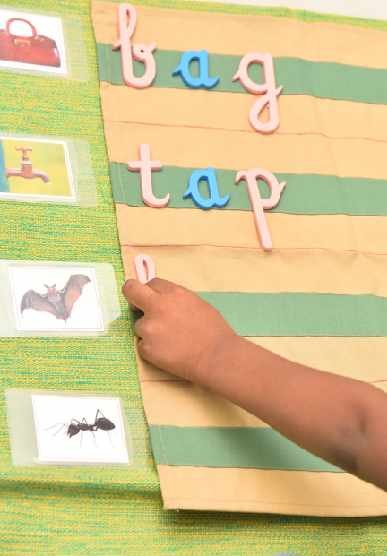
Language development begins with phonetic awareness and progresses to writing and reading. Children use sandpaper letters, movable alphabets, and other hands-on materials to connect sounds with symbols.
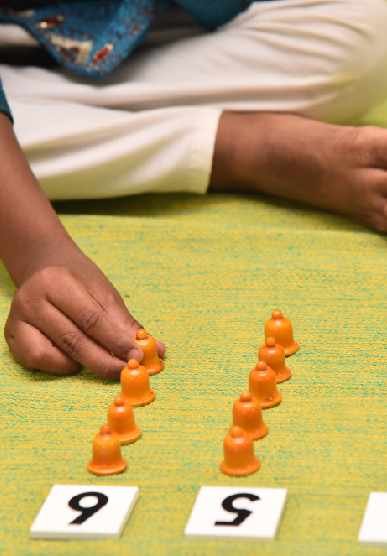
Children work with concrete materials such as number rods, spindles, and bead chains to explore quantity, number symbols, and basic operations like addition and subtraction.
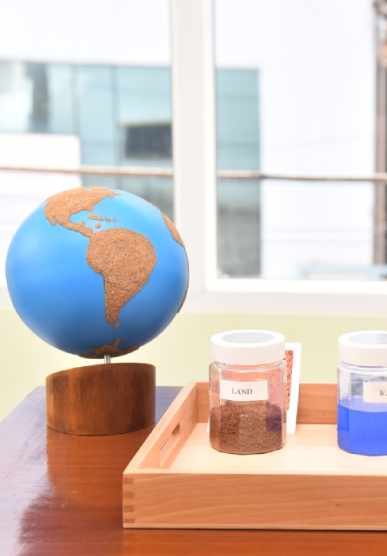
Culture activities introduce children to the world around them through maps, puzzles, nature-based learning, experiments, and creative expression.



